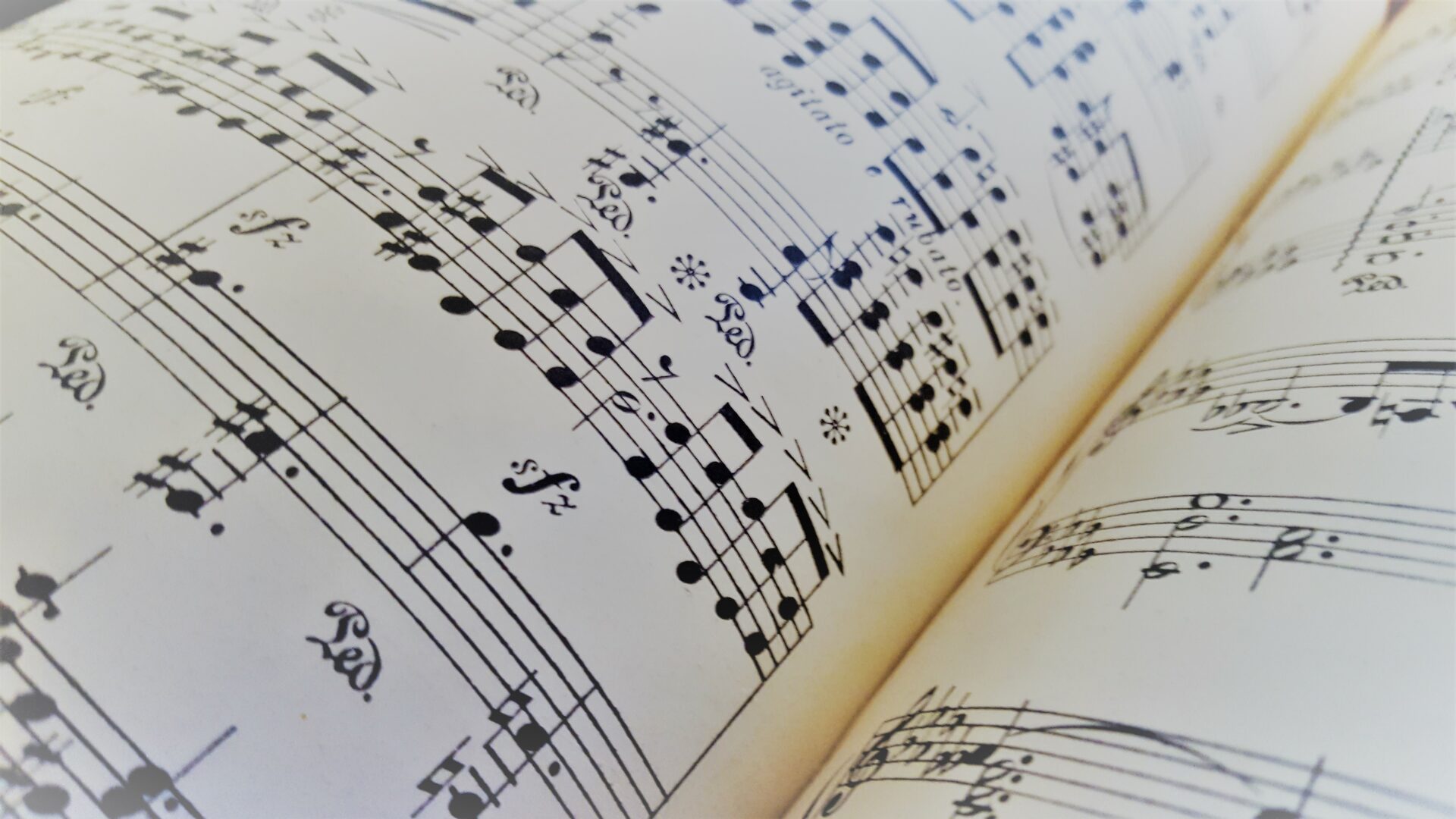Sight Reading: Its History and Method for Children
Sight-Reading: its history and method for children.
Sight-Reading: its history and method for children.
NEW TIP TO MAKE READING MUSIC FUN AND EASY FOR KIDS.
Learning to read sheet piano music with WKMT
One of the major challenges within the Piano Tuition topics is the sight-reading process. Among all piano students, it takes time and a huge amount of effort and resilience to overcome the first steps in what is called “sight-reading”. Being the Piano the most difficult instrument to do it as the streaming of information that happens just to read one note can be overwhelming to start with, one of WKMT London Piano Tutors, Mark Dowling, has written this informative article to describe from the beginning of the Musical notation to the various methods to follow to read music, from early ages to adult beginners.
He starts with engaging commentaries regarding the origin of the G or Treble Clef and the F or Bass Clef. How many times do we see these two clefs and we don’t know exactly where do they come from?
Many times we have as Piano Teachers the same question coming from our students when they begin studying the instrument, most commonly coming from adults, but sometimes eager and curious minds are also shown from our youngest students, even sometimes from 4 years old!
The second part specifies and explains very useful mnemonics to memorise the notes (especially contemplating piano beginners) in which piano learners will find most useful and practical as a way to find faster and easier all the notes in both clefs.
The end of this article presents the most effective method for early ages, starting from 3 years old until 5 years old. This last method is tailored for young learners who still don’t know to write or read the letters and may find learning of the note names a little bit challenging. The method refers to animals that are easily retained by children and proposes games as well as reading exercises.



